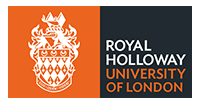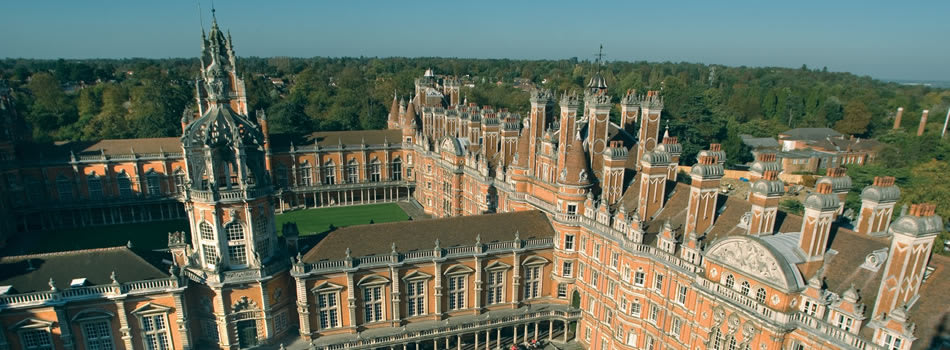About the Project
Neuroeconomics research often studies decision making by combining functional magnetic resonance imaging (fMRI) with choice tasks that are incentivised using money. Using this approach, much has been learned about how the striatum, several areas in frontal cortex, and intra-parietal sulcus work together as a network to predict reward value, compute decision variables, compare relative option values and elicit actions to obtain rewards.
However, secondary reinforcers, like money, are only tokens that are later exchangeable with primary reinforcers. Our goal is to study the mechanisms employed by the decision making network, but using reinforcers that elicit direct social rewards. Indeed, humans appear hardwired to gather social reward signals from human faces in the form of (for example) perceived facial attractiveness and emotional expression. This Ph.D. aims to use fMRI, combined with decision making tasks adapted from neuroeconomics research, to better understand the neural mechanisms contributing to choices among socially reinforcing facial stimuli.
You will have the opportunity to learn experimentation in face perception and neuroeconomics, decision-making, fMRI, some computational modelling and MATLAB programming.
The Psychology Department at Royal Holloway University of London is especially strong in experimental psychology and neuroscience, scoring highly in the last Research Excellence Framework competition. We have excellent research facilities on-site, including fMRI. We are situated on a lovely forested campus in suburban London, a short train ride from London Waterloo. Teaching opportunities will be available to Ph.D. students, if accepted.
Funding Notes
Only citizens of European Economic Area countries are eligible for the studentship funding available. Funding comes from Royal Holloway University of London and is therefore dependent on a College-level competition.
The College-level competition involves submitting a research proposal as part of the application to the College by 8th January. Please contact Dr Furl as soon as possible if interested to leave plenty of time to develop a research proposal with him in advance of the deadline
References
More about Dr Furl's research can be found at:
https://twitter.com/FurlLab
http://pc.rhul.ac.uk/sites/FurlLab/
https://pure.royalholloway.ac.uk/portal/en/persons/nicholas-furl(ea2a352b-67c1-4cde-b870-119115bc9078).html
Dr Furl's decision-making research on facial attractiveness has been widely reported in major news outlets.
https://www.theguardian.com/science/shortcuts/2016/oct/02/ugly-friend-effect-you-had-better-read-on
Listen to this podcast to learn more.
http://www.mickeslab.com/?page_id=841
Furl N. 2016. Divisive normalization predicts facial attractiveness choices. Psychol Sci. 27:1379-1387.
Evans SL, Averbeck BB, Furl N. 2015. Jumping to conclusions in schizophrenia. Neuropsychiatr Dis Treat 11:1615-24.
Furl N, Henson RN, Friston KJ, Calder AJ. 2013. Top-down control of visual responses to fear by the amygdala. J Neurosci 33:17435-43.
Furl N, Gallagher S, Averbeck BB. 2012. A selective emotional decision-making bias elicited by facial expressions. PLoS One 7:e33461.
Furl N, Averbeck BB. 2011. Parietal cortex and insula relate to evidence seeking relevant to reward-related decisions. J Neurosci 31:17572-82.
Furl N, Garrido L, Driver J, Dolan RJ, Duchaine B. 2011. Fusiform gyrus face selectivity reflects individual differences in facial recognition ability. J Cogn Neurosci 23:1723-40.
Garrido L, Furl N, Draganski B, Weiskopf N, Stevens J, Tan GC, Driver J, Dolan RJ, Duchaine B. 2009. Voxel-based morphometry reveals reduced grey matter volume in the temporal cortex of developmental prosopagnosics. Brain 132:3443-55.
Furl N, van Rijsbergen NJ, Treves A, Friston KJ, Dolan RJ. 2007. Experience-dependent coding of facial expression in superior temporal sulcus. Proc Natl Acad Sci U S A 104:13485-9
Furl, N., Phillips, P. J., & O’Toole, A. J. (2002). Face recognition algorithms as models of the other-race effect. Cognitive Science, 96:1-19.

 Continue with Facebook
Continue with Facebook


